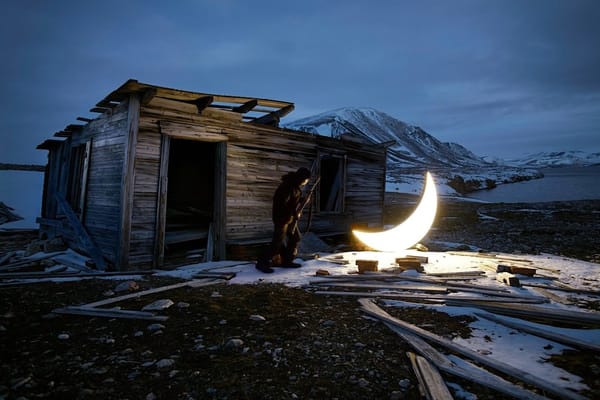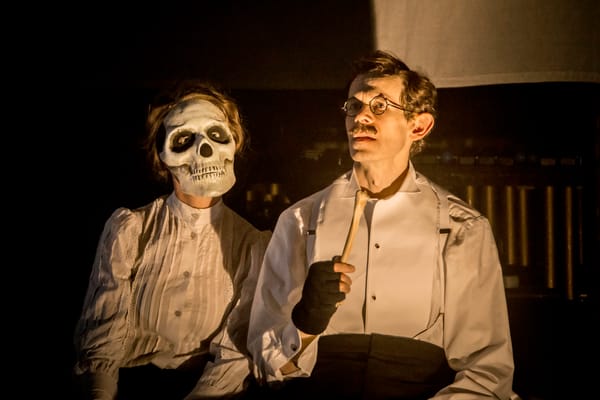Corruption of a convent girl
Manon premiered in 1884, at the height of the Belle Époque.
What: Manon
Where: Royal Opera House, WC1
When: Until 6th February
Price: Various
Manon premiered in 1884, at the height of the Belle Époque. French imperialism was at its peak, and a spirit of optimism flowed on the streets of wealthy Paris. Twenty years earlier, Richard Wagner had brought his opera _Tannhäuser _to the Opéra de Paris and begun his cultural revolution. French poets, musicians and painters had fallen under his spell, but now was the time for France to reclaim its place at the head of the cultural world. Manon was commissioned from the celebrated composer Jules Massenet and quickly conquered the world’s stages.
The protagonist and title character, Manon Lescaut, is a beautiful young girl of 16 when she arrives in the city, destined for the convent. She is quickly pursued by suitors and decides to run off with a handsome _chevalier _– Des Grieux. Soon, however, she is tempted by the life of luxury and comfort offered by her wealthier suitors. The story explores the struggle between the passions of love and of greed set against the backdrop of decadent, bourgeois Paris.
In this Royal Opera House production, Laurent Pelly accentuates this decadence and makes Manon’s corruption by wealth a symptom of society as a whole. Rather cynically, the men, all dressed alike in black suits, are driven by animalistic sexual urges and act as a mob, while the women, by contrast all in white, are all too happy to oblige in return for jewels and other goods. The sets look grey and concrete, but play with perspective cleverly. As a whole the affair is rather bleak and Des Grieux’s piety and good-heartedness stands out greatly. Manon, although foolish and naïve for breaking such a man’s heart, is portrayed as a victim with whom we feel great sympathy.
The Royal Opera House has touted _Manon _as one of opera’s great tragic heroines, on a par with the likes of Verdi’s Violetta. Unfortunately, I feel that despite Pelly’s best efforts, the work as conceived by Massenet simply lacks the cohesion, concision and unity of such dramatic masterpieces. Manon is evidently a work of its time; created with one eye on its audience and one on the competition. The entire first half of act three, for example, appears to be an excuse for Massenet to show off his ballet music while very little happens to advance the narrative.
Despite these historical peculiarities, the musical performances were compelling, and indeed Massenet’s score has exquisite moments of sensitivity and beauty. Ermonela Jaho, in the role of Manon, is a force of nature whose dynamic control is absolutely remarkable. The transformation of Manon from innocent girl to corrupted socialite was entirely convincing. On par was Matthew Polenzani as Des Grieux, and hearing their duets together was an absolute thrill. As always with the Royal Opera the cast and chorus were uniformly excellent and the orchestra under Emmanuel Villaume played passionately, if a little rough around the edges.
This production is highly accomplished and the lead performances phenomenal, but although Manon is an engaging and affecting drama, it doesn’t quite accomplish what it was originally intended to.








